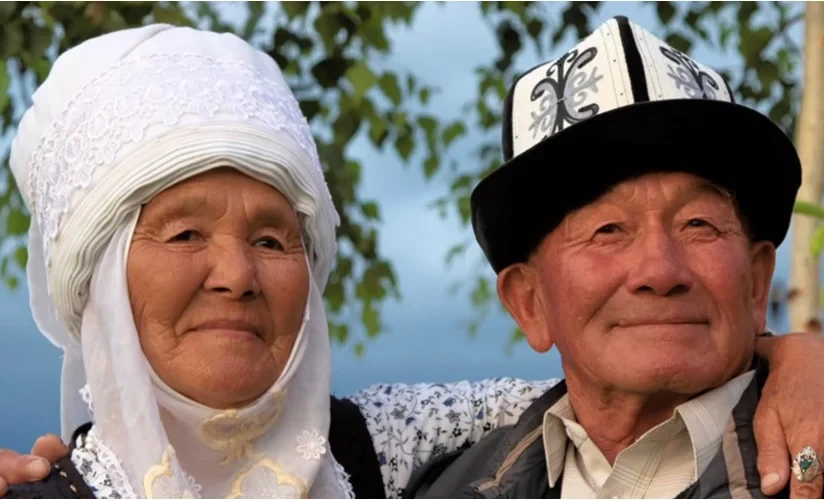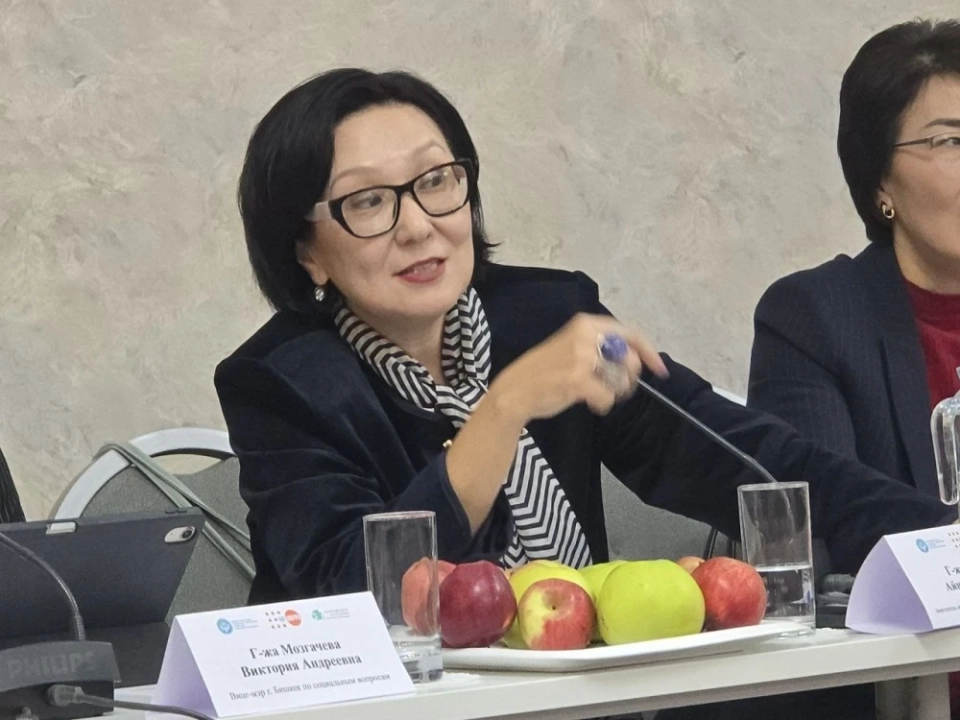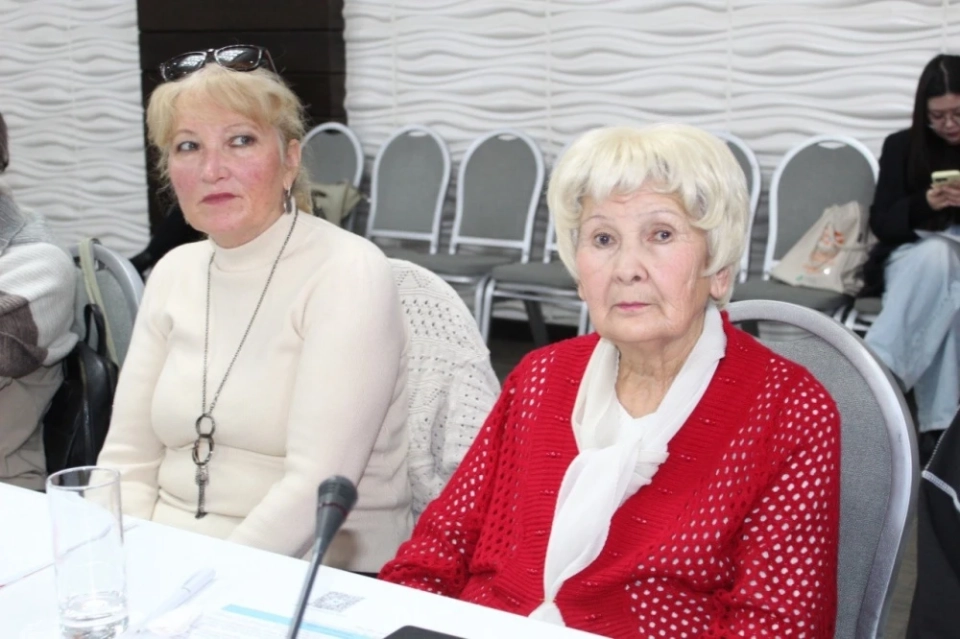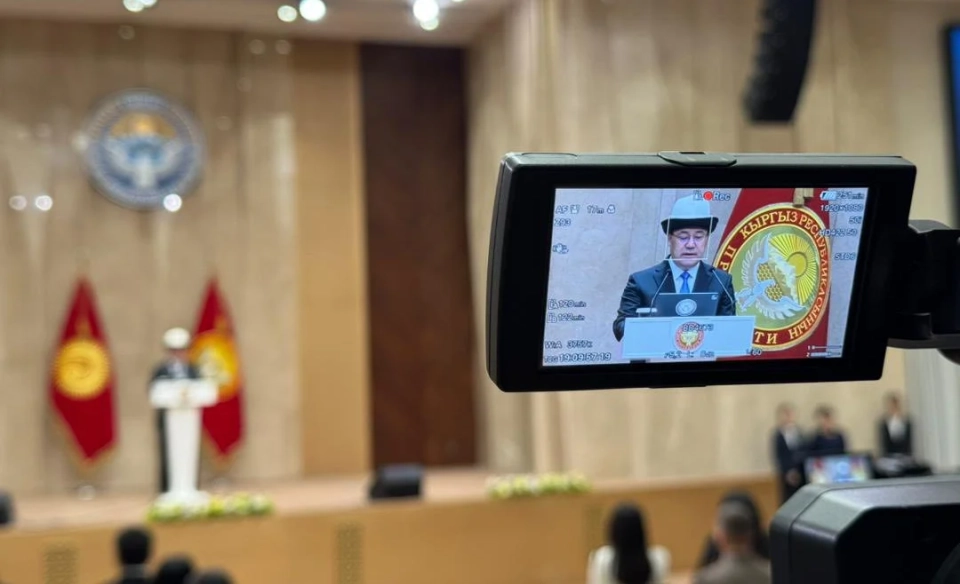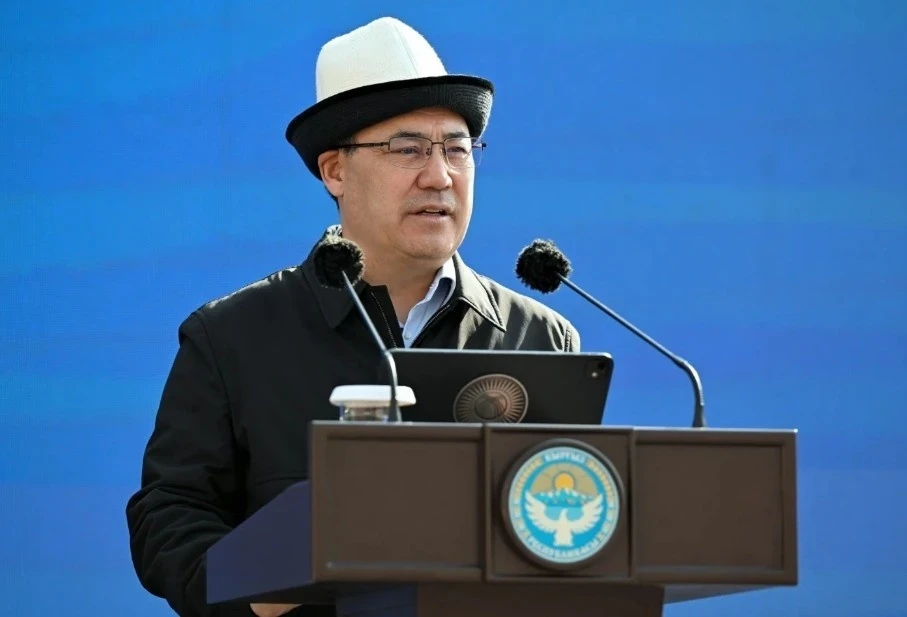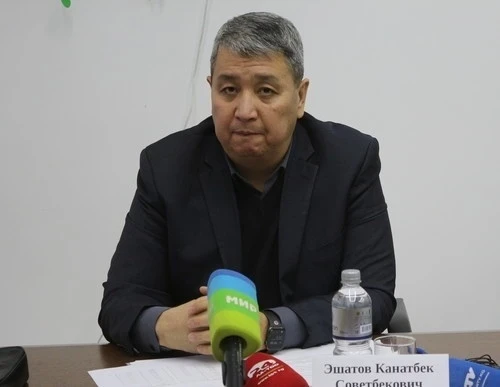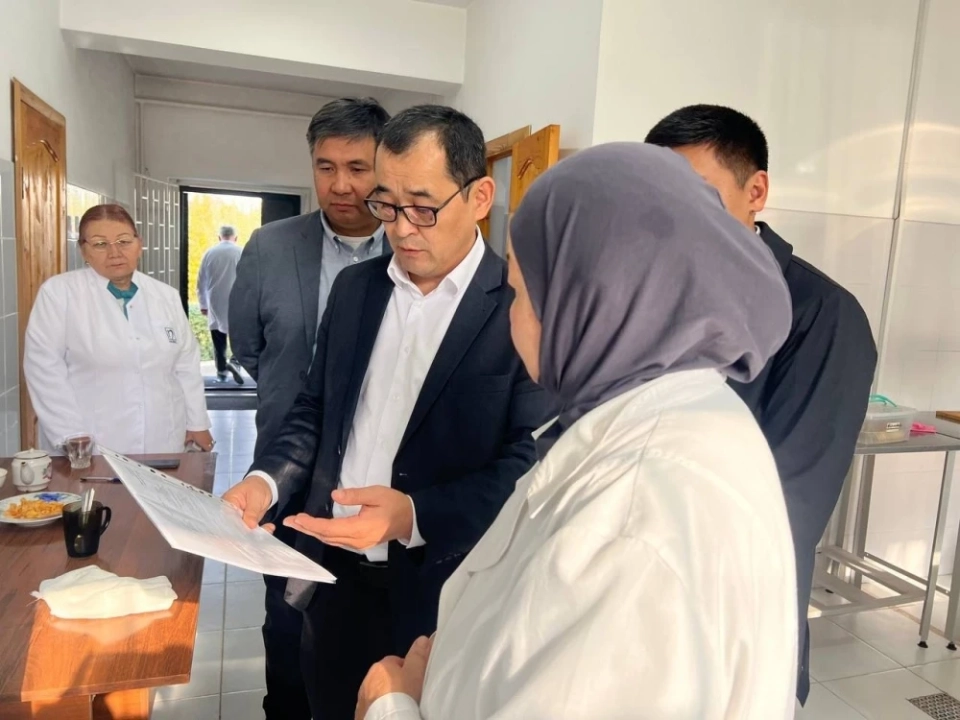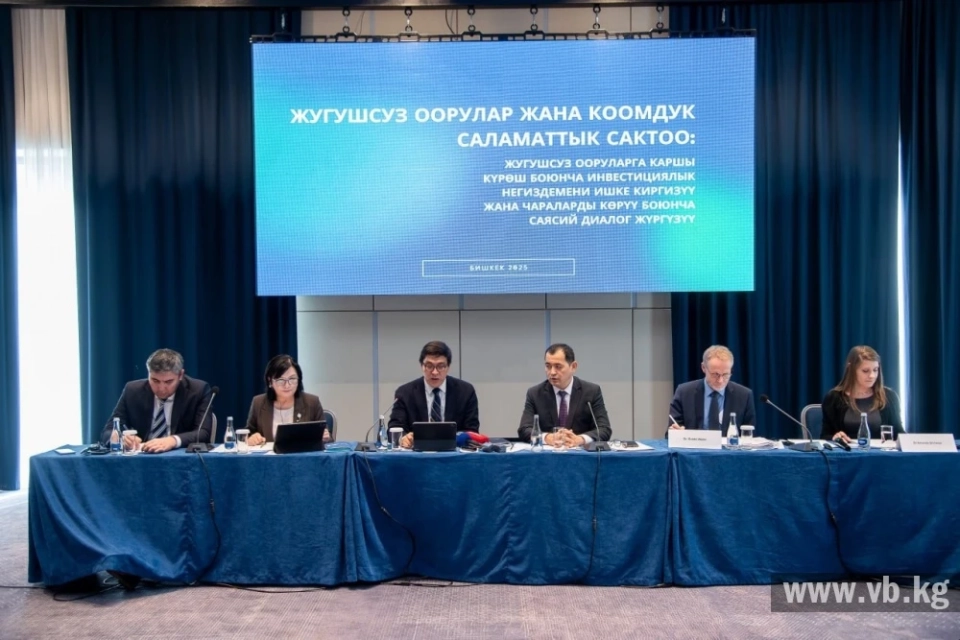During the conversation, he discussed current issues of longevity and global trends that he observed at two significant gerontology congresses in Reykjavik (Iceland) and Lisbon (Portugal), from which he has just returned.
According to Jauregui, the factors influencing longevity go beyond genetics and include health, continuous learning, social integration, and financial stability.
Key Aspects of Longevity
Jauregui highlighted three key aspects concerning longevity:
First Aspect: Loneliness. It negatively impacts the health and quality of life of older adults. Studies show that combating social isolation can prevent various diseases in this age group.
He noted, “Loneliness is the main enemy of healthy aging. It is important to find ways to prevent it, as many socio-medical problems can be mitigated or eliminated through proper socialization.”
Second Aspect: Technology. It is becoming an ally, offering tools—from programs that detect signs of depression and notify loved ones to “companion robots” that promote emotional well-being.
Jauregui added, “Technology creates supportive products for people with various difficulties, which helps improve their quality of life. A sense of well-being, despite problems, is extremely important.”
Third Aspect: Orthogeriatrics. This approach represents an effective solution to the problem of fractures in the elderly, especially hip fractures, in the context of global population aging.
This discipline combines the knowledge of geriatricians, traumatologists, and other specialists, allowing for a shift in traditional injury treatment, focusing on restoring functionality and enhancing quality of life.
“The term ‘orthogeriatrics’ is derived from orthopedics and geriatrics,” Jauregui explained. “This is a field that is actively developing and gaining popularity, as the collaborative work of specialists following clear protocols significantly improves treatment outcomes.”
The doctor emphasized that orthogeriatrics encompasses many aspects, such as thrombosis prevention and maintaining proper nutrition to facilitate muscle recovery.
Endocrinologists are also involved in the teams to monitor bone health and prevent secondary fractures, which is becoming an increasingly pressing issue. Jauregui provided examples where the risk of re-fracture significantly increases within the first year after the initial incident.
“Caring for fragile bones, muscles, and nutrition is extremely important, and this should go beyond surgical intervention, which is undoubtedly important but must be performed with quality,” he noted.
To illustrate the multidisciplinary approach, Jauregui mentioned a recent congress organized by the international network “Fragility and Fractures,” established by a British orthopedic surgeon.
“Orthopedic services that understand the importance of teamwork with geriatricians show better results. In some countries, such as Australia and Canada, there are national standards for such treatment protocols.”
Foundations and Models of Orthogeriatric Care
The consolidation of orthogeriatrics as a global trend began with the 6th Congress of the Fragility Fractures (FFN) network in 2016, leading to the publication of a Global Call to Action in 2018. This document, supported by 81 professional associations, defined four key principles:
- Multidisciplinary care for acute fractures
- Immediate and prolonged rehabilitation to restore independence
- Secondary prevention of new fractures
- Formation of alliances for changes in health policy
In practice, orthogeriatrics is implemented through two main models. The first model is a coordination service, where the patient is admitted to orthopedics and undergoes a geriatric assessment within the first 72 hours, with daily monitoring of health status and fall risk.
The second model involves specialized hip fracture units, where patients are immediately directed to a specialized department, and care is provided jointly by orthopedists and geriatricians.
In both cases, collaboration among specialists continues throughout the hospitalization. These models show better outcomes compared to the traditional approach: reduced mortality, shorter hospital stays, improved functional recovery, and enhanced quality of life even for individuals over 80 years old.
“For planned hip replacement surgeries due to osteoarthritis, there is a preparation protocol that helps speed up recovery and reduce rehabilitation time due to complications,” Jauregui noted. The application of specialized protocols significantly reduces postoperative risks and accelerates recovery.
Fall Prevention and Risk Factors
Fall prevention is central to orthogeriatrics. Although bone fragility increases the risk of fractures, the likelihood of falls also depends on muscle condition and shoe type.
Jauregui emphasizes the importance of proper footwear: “Shoes should securely hold the foot, have a rubber sole, support the heel, and possess a stable heel. Stiletto heels worsen balance, unlike a broader heel. A small high heel is acceptable for special occasions if it provides stability.”
“If you have foot problems, it’s worth consulting a doctor,” he added. “There are many treatment methods for foot diseases that, if ignored, can lead to instability and increase the risk of falls.”

